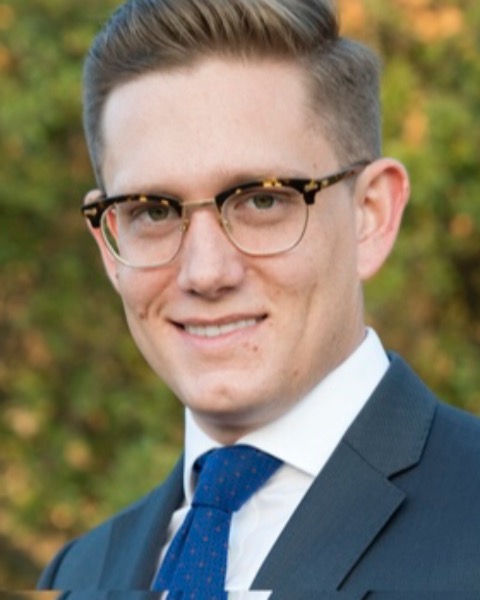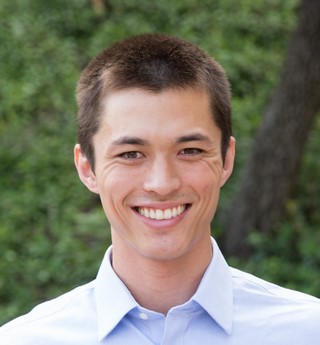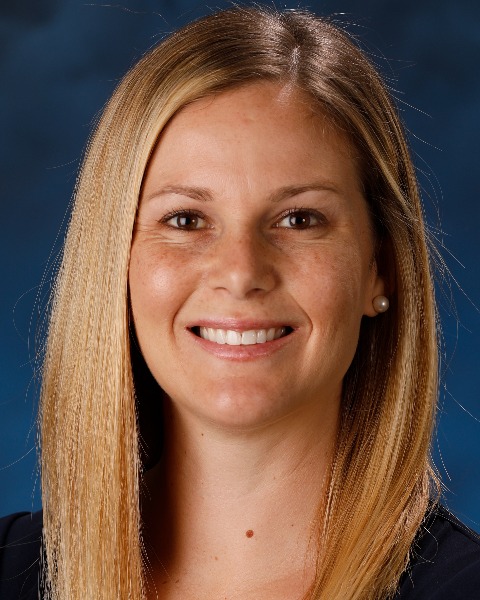Suicidality and Behavioral Emergencies
(179) A Duet of Delusions: A Case of Folie à Deux During Pandemic Isolation


Malcolm S. Crawford, MD
Resident Psychiatrist
USC/LA General
Los Angeles, California
Daniel Cohrs, M.D.
Resident Psychiatrist
University of Southern California/LA General Medical Center
Los Angeles, California
Katy Lunny, MD
Assistant Clinical Professor
University of California, Irvine
Brea, California
Cody Bryant, MD
Clinical Assistant Professor of Psychiatry
Keck Medicine of USC
Los Angeles, California
Presenting Author(s)
Co-Author(s)
Background: Folie à deux describes the phenomenon where delusions are transmitted between individuals, involving an "inducer” – the originator of the delusions, and a "recipient” – the party adopting these delusions (Guivarch, 2018; Shimizu, 2007). This report outlines a case involving a married couple, isolated following COVID-19 protocols, leading to a high-lethality suicide attempt by the recipient.
Case: A 35-year-old male with no psychiatric history was admitted to the trauma service after jumping from a 50-foot bridge. He initially indicated it was a suicide attempt, but later disclosed that he and his wife had deserted their home on a mission to “cleanse society,” influenced by voices she alone could hear. He endorsed multiple delusions, including beliefs that they were fleeing military pursuit, that the future of society depended on their actions, and that ultimately his own self-sacrifice was necessary, leading to his jump and subsequent hospitalization. His wife was concurrently psychiatrically hospitalized with her own psychosis, limiting his interactions with her while hospitalized.
According to the patient and his parents, he had no previous psychiatric diagnoses or hospitalizations, nor prior episodes suggestive of psychosis. They did note an escalation of paranoid behaviors amid the COVID-19 pandemic, a period during which both he and his wife lost their jobs and interacted almost solely with each other. Additionally, they described the patient as having a history of eccentric and paranoid thinking and a paucity of close relationships.
He required extended hospitalization for his injuries and was followed by the consultation psychiatry service throughout his stay. His history was consistent with an underlying schizotypal personality disorder, likely serving as a psychotogenic diathesis and predisposing him to adopting delusions from his wife. He improved after treatment with aripiprazole and was ultimately discharged to acute rehab.
Discussion: Personality disorders, particularly schizotypal personality disorder, have been associated with psychotic-like experiences (Tesli, 2023). Delusion transmission requires close association (Shimizu, 2007), which was increased due to COVID-19 restrictions. To date, only two cases of folie à deux under COVID-19 isolation have been reported (Baez Nuñez, 2022; Kawasaki, 2022).
Conclusion: Social seclusion during global health crises may heighten the risk of delusion transmission, especially when one party suffers from a psychotic disorder and the other possesses predisposing risk factors.
References:
1. Guivarch J, Piercecchi-Marti MD, Poinso F. Folie à deux and homicide: Literature review and study of a complex clinical case. International Journal of Law and Psychiatry. 2018;61:30-39. doi:10.1016/j.ijlp.2018.10.001
2. Shimizu M, Kubota Y, Toichi M, Baba H. Folie à Deux and shared psychotic disorder. Current Psychiatry Reports. 2007;9(3):200-205. doi:10.1007/s11920-007-0019-5
3. Tesli M, Nesvåg R, Haukvik UK, et al. Common genetic and environmental risk for personality disorders and psychotic‐like experiences in young adult twins. Acta Psychiatrica Scandinavica. 2023;148(6):561-569. doi:10.1111/acps.13596
4. Baez Nuñez M, Rodriguez E, DeLuca M, Chirimunj K, Dhingra M. Folie à Deux in the Setting of COVID-19 Quarantine. Case Reports in Psychiatry. 2022;2022:1-5. doi:10.1155/2022/2046436
5. Kawasaki T. Folie à Deux During Self-Quarantine in the COVID-19 Pandemic: a Case Report. East Asian Archives of Psychiatry. 2022;32(1):22-23. doi:10.12809/eaap2125
Presentation Eligibility: Not previously published or presented
Diversity, Equity, and Inclusion: This patient's primary language is Mandarin and his parents did not possess any English language fluency necessitating the use of both in-person and telephonic interpreters. Culturally-related differences in interpersonal communication and prior behaviors had to be considered in the context of his presentation to allow for culturally-competent care. Involvement of other members of similar communities including patient's family and friends as well as hospital staff assisted in overall formulation of the patient's case. This highlights the need to sensitively involve community stakeholders when providing care to individuals from historically marginalized groups.

